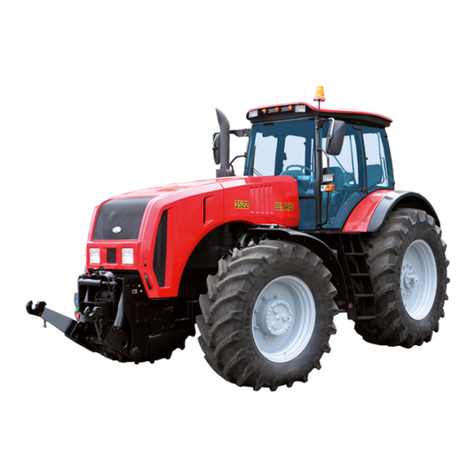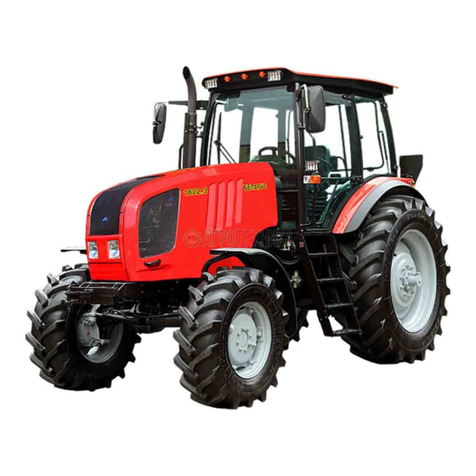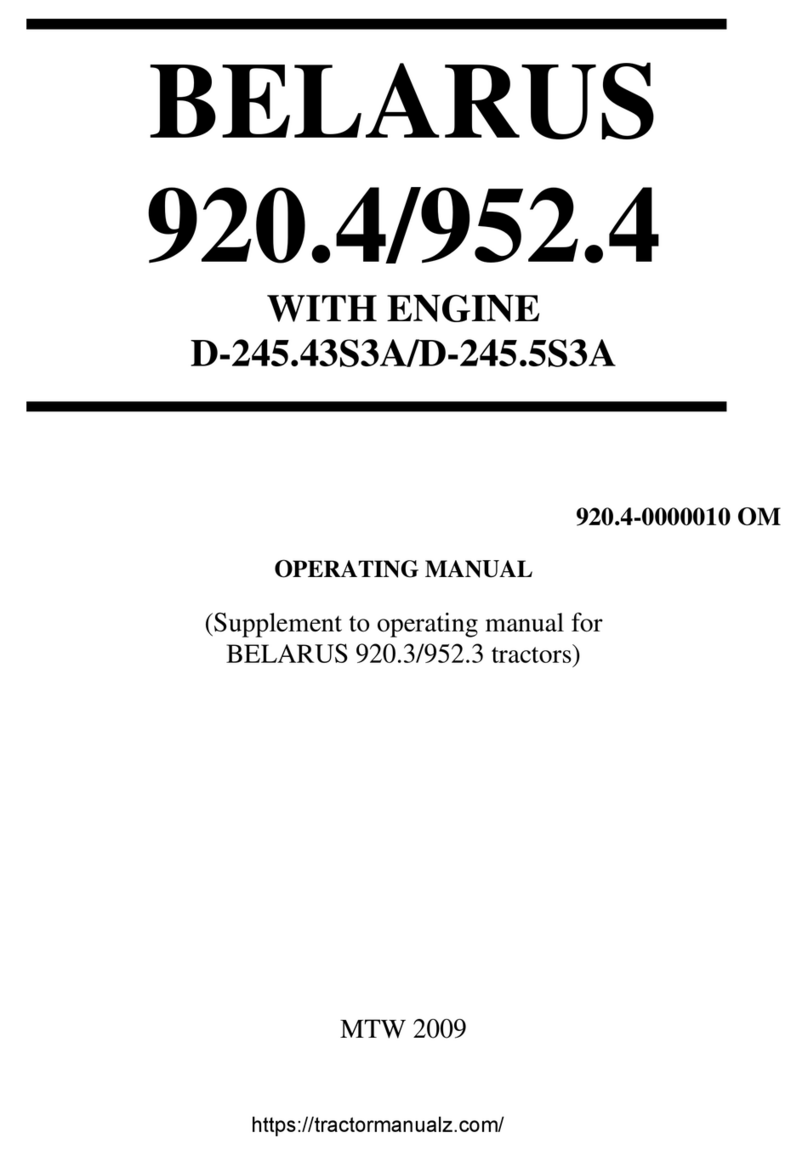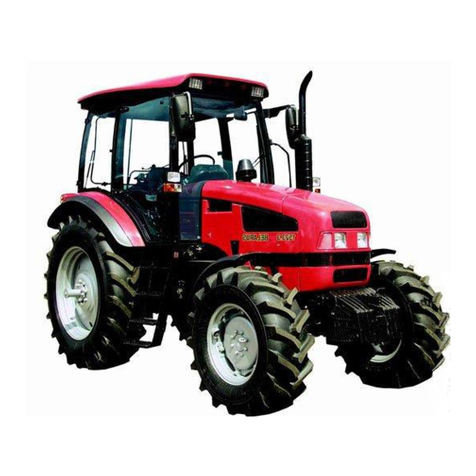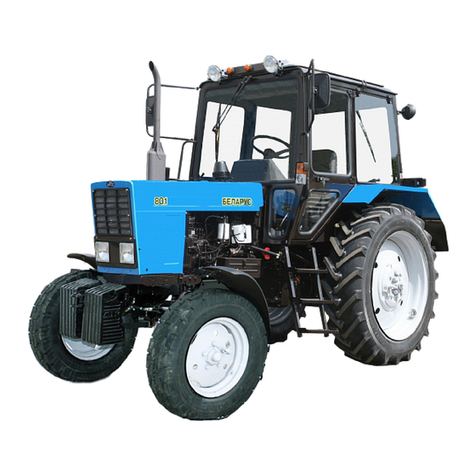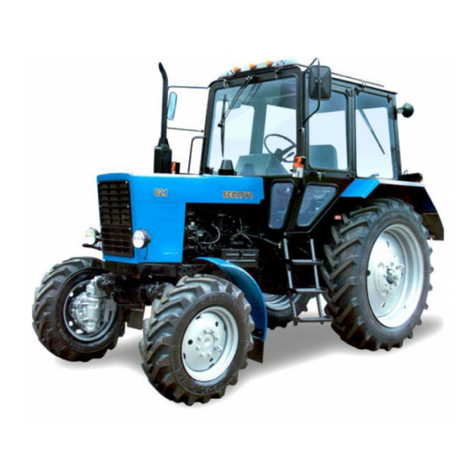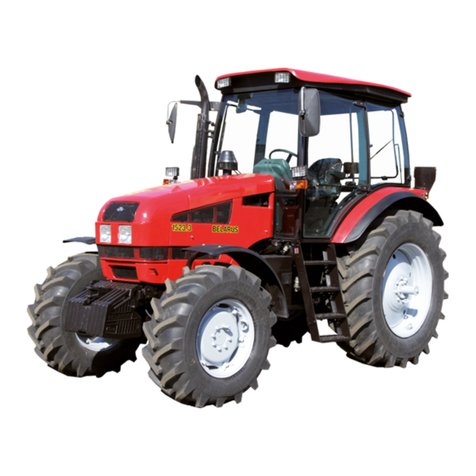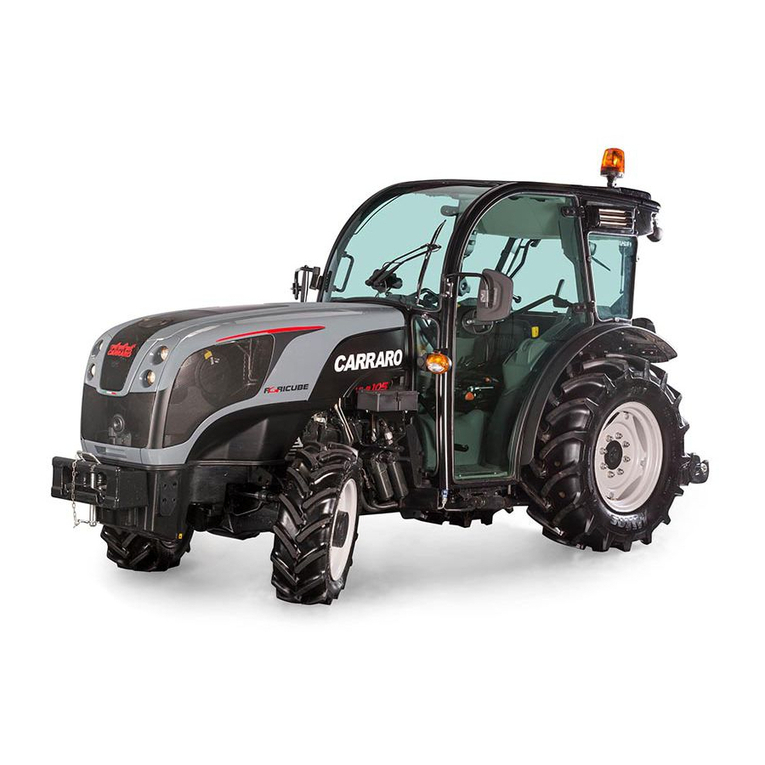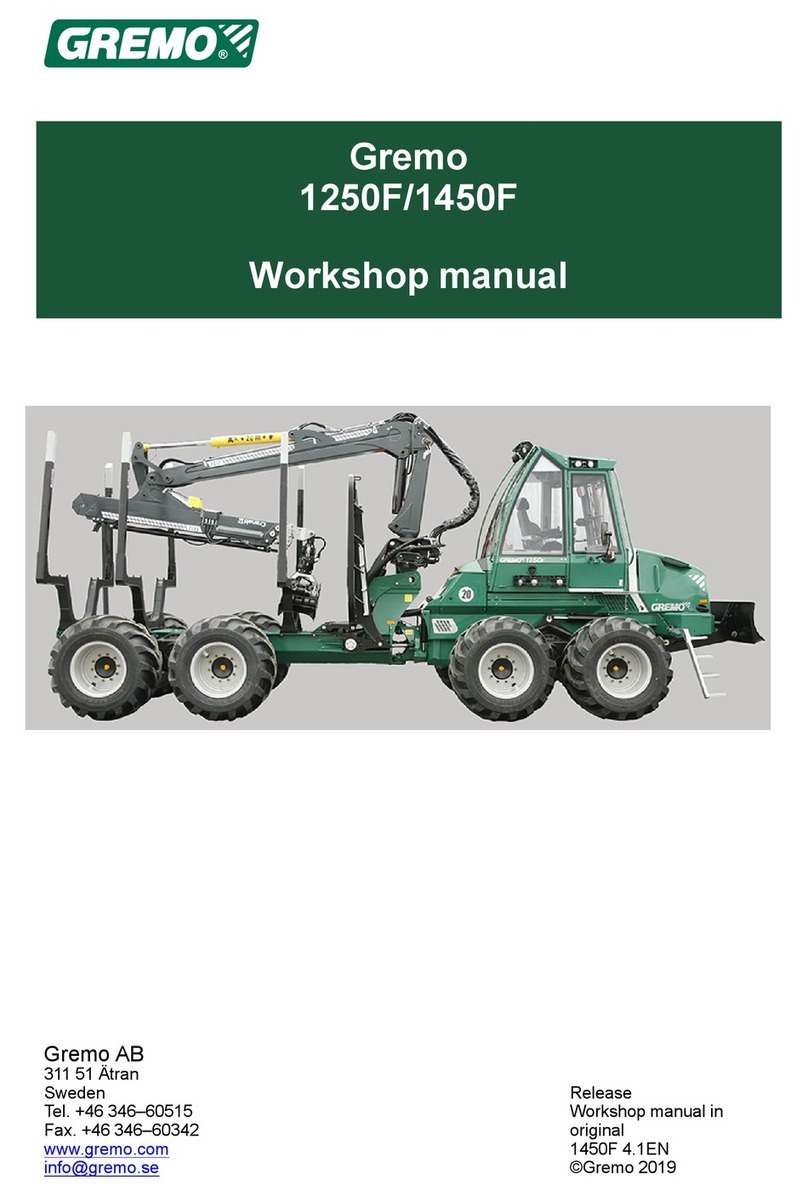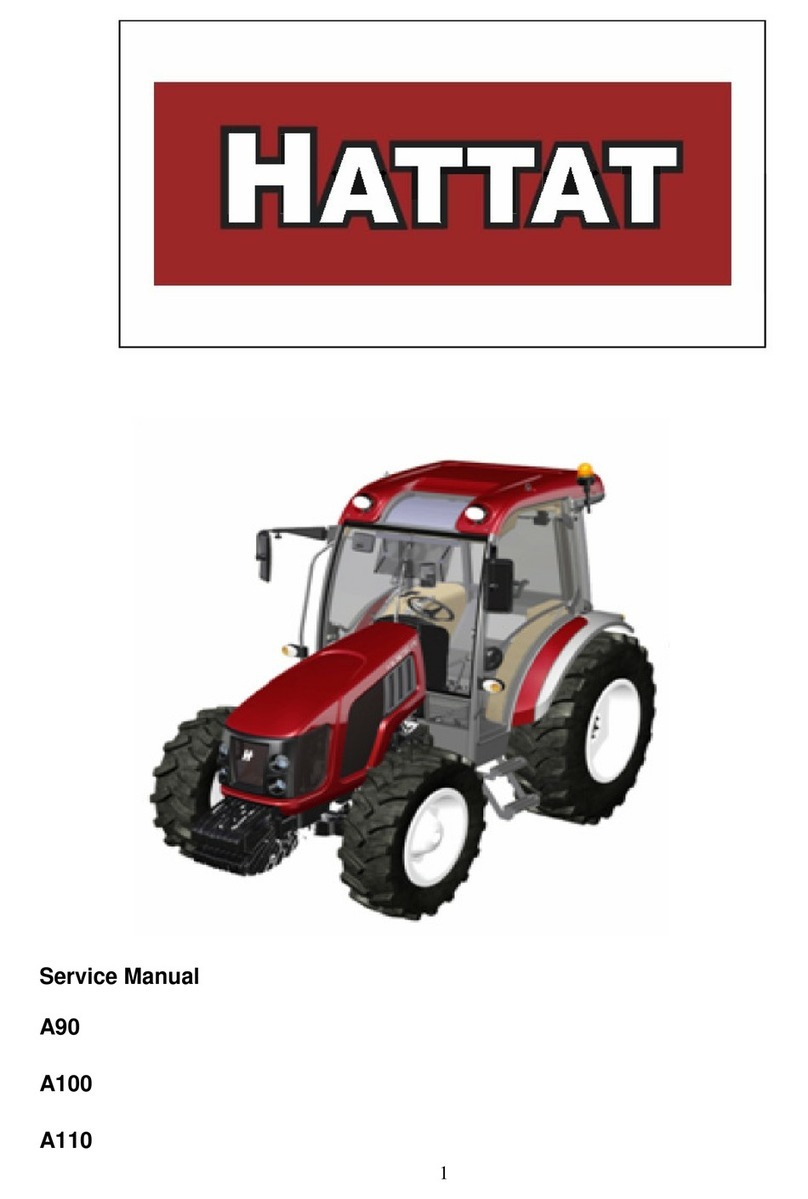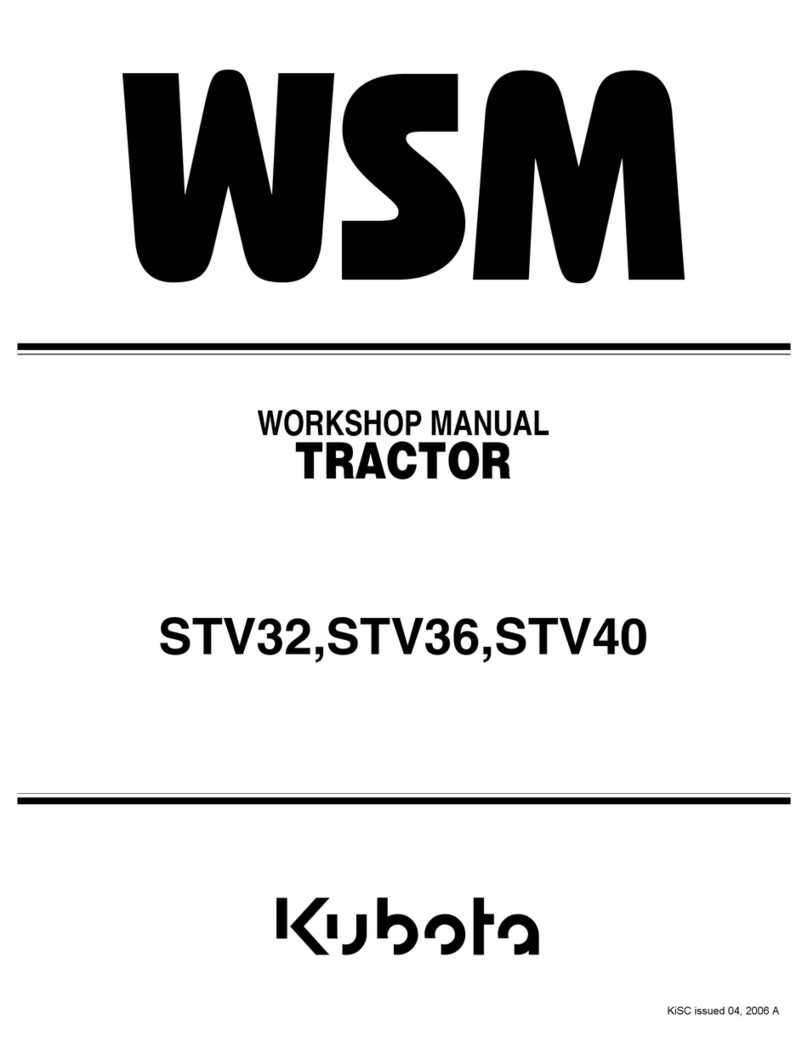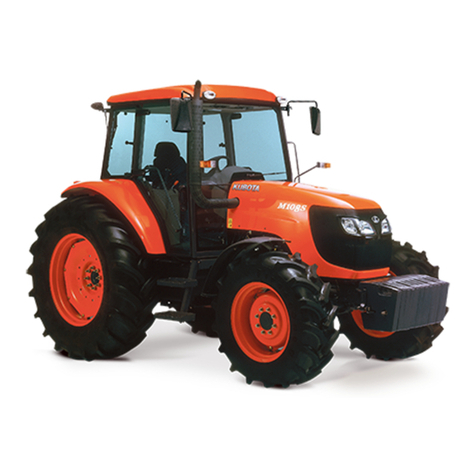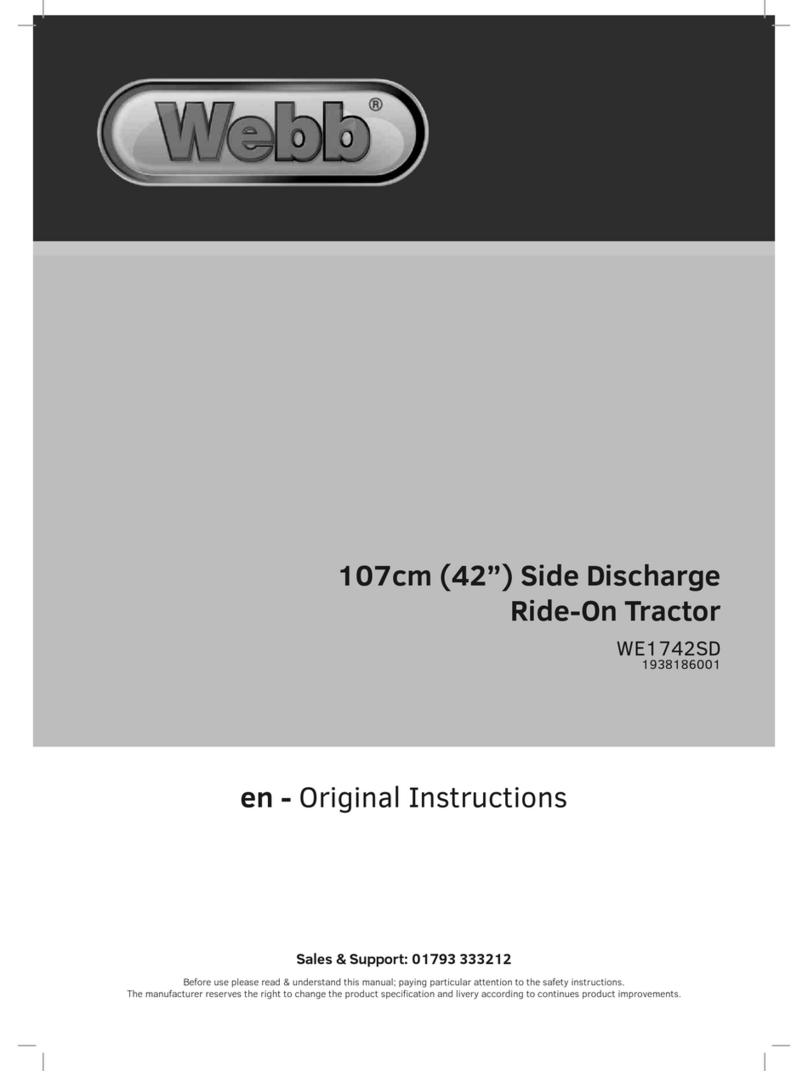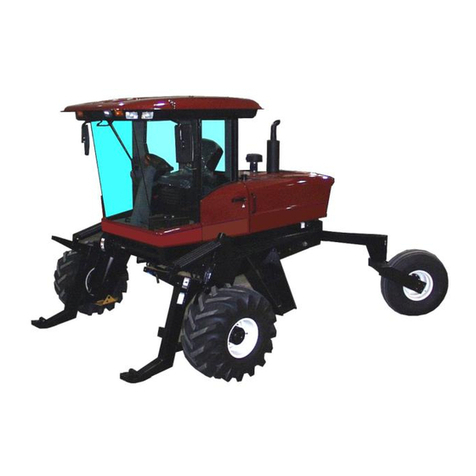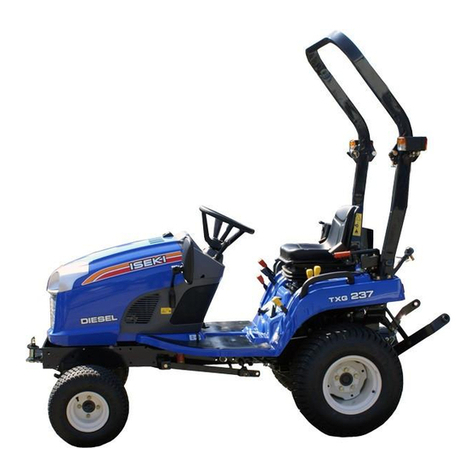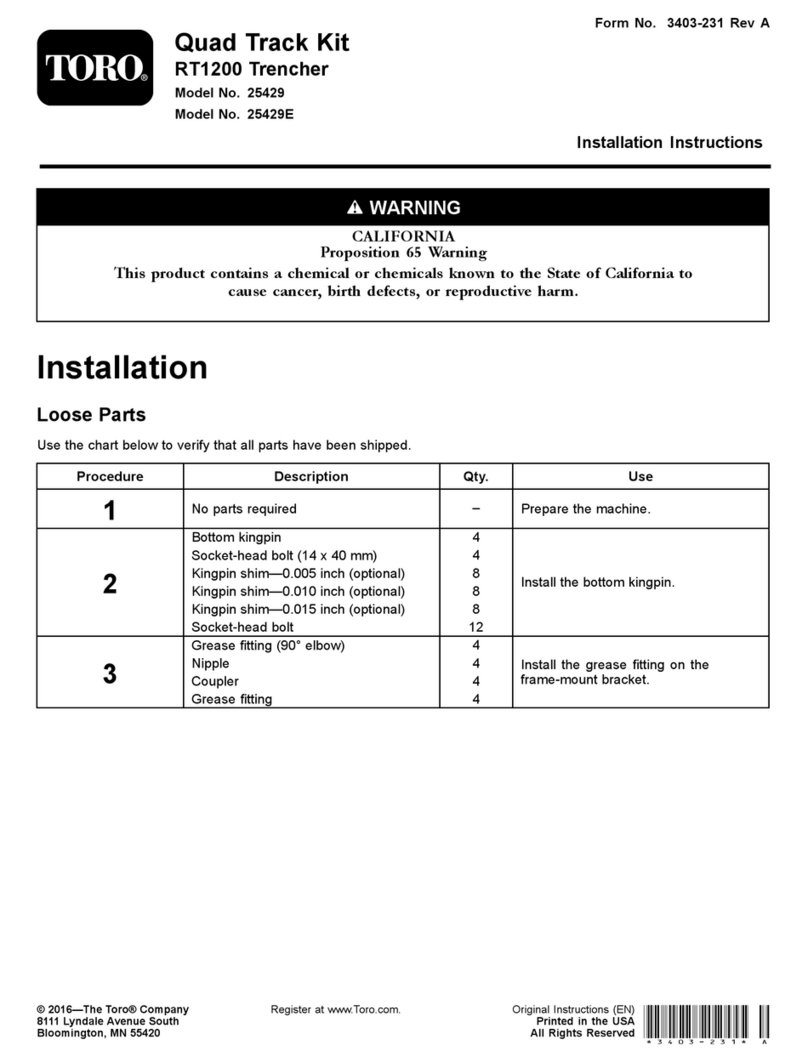
2122.6-0000010 OM
4
2.15.4 Front power take-off shaft control ...........................................................................51
2.15.5 Front driving axle drive control................................................................................51
2.15.6 Rear axle differential lock control............................................................................52
2.15.7 Annunciation for accident conditions of transmission and HLL hydraulic system,
troubleshooting of emergency on-board voltage................................................................53
2.15.8 Troubleshooting of electronic control systems failures for RPTO, FPTO, FDAD,
RADL, gear switching control.............................................................................................54
2.15.9 Description of the check for CECS operability........................................................54
2.16 Additional information on rear PTO control................................................................55
2.17 Lift linkages control....................................................................................................56
2.17.1 General information on rules of RLL control ...........................................................56
2.17.2 RLL control panel....................................................................................................56
2.17.3 Remote buttons of RLL control system...................................................................58
2.17.4 Troubleshooting of RLL electronic control system ..................................................59
2.17.5 Front lift linkage control...........................................................................................60
2.18 HLL pump control.......................................................................................................60
2.19 Electronic control system for hydraulic distribution valve EHS sections.....................61
2.19.1 General information on electronic control system for hydraulic distribution valve
EHS sections.....................................................................................................................61
2.19.2 Electronic joystick unit.............................................................................................62
2.19.2.1 General information .............................................................................................62
2.19.2.2 Electronic joystick unit BED-01............................................................................62
2.19.2.3 Electronic joystick unit “BOCORO” ......................................................................63
2.19.3 Operations programmer unit for hydraulic lift linkage system .................................64
2.19.3.1 General information .............................................................................................64
2.19.3.2 Operation indication of EHS hydraulic distributive valve sections when controlling
hydraulic distributive valve directly from two joysticks (manual mode) ..............................65
2.19.3.3 Control procedure for EHS hydraulic distributive valve on the set algorithm
(automatic mode)...............................................................................................................65
2.19.3.4 Flow adjustment...................................................................................................67
2.19.3.5 Emergency cutoff of EHS hydraulic distributive valve..........................................67
2.19.4 Flow restriction........................................................................................................68
2.20 Switching unit, switching and security unit and electric cutout fuses .........................68
2.20.1 General information ................................................................................................68
2.20.2 Switching unit and fuses for electrical equipment ...................................................68
2.20.3 Switching and security unit .....................................................................................75
2.21 Cab locks and handles...............................................................................................78
2.21.1 Cab door locks........................................................................................................78
2.21.2 Side window opening..............................................................................................78
2.21.3 Rear screen opening...............................................................................................79
2.21.4 Cab hatch opening..................................................................................................79
2.21.5 Cab emergency exits..............................................................................................79
2.22 Seat and its adjustments............................................................................................80
2.22.1 General information ................................................................................................80
2.22.2 Adjustments of “BELARUS” seat ............................................................................80
2.22.3 Adjustments of “Grammer” seat..............................................................................81
2.23 Control of the transmission hydraulic system pump drive..........................................82
2.24 Control of the pneumatic system compressor............................................................82
2.25 Connector elements of the electrical equipment........................................................83
2.25.1 Socket to connect coupled agricultural equipment..................................................83
2.25.2 Electrical sockets for connection of electrical equipment for coupled implements..83
2.26 Fuel tanks..................................................................................................................85
2.27 SCR system operation...............................................................................................85
https://tractormanualz.com/
